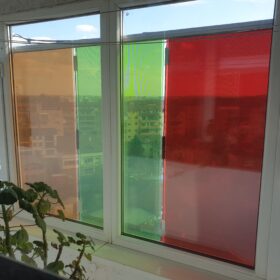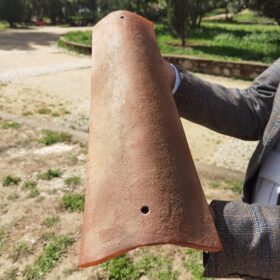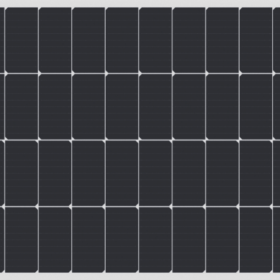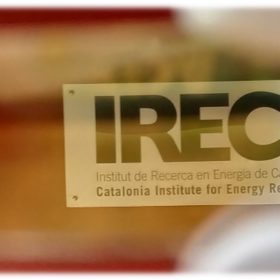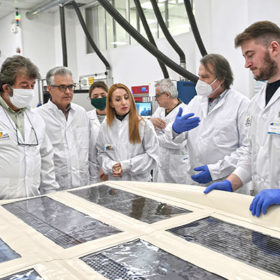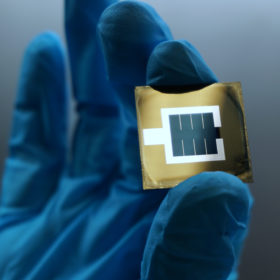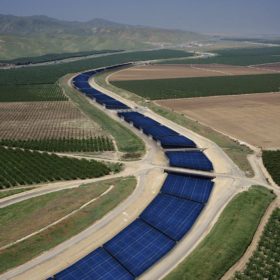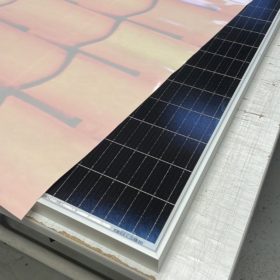Cadmium telluride PV windows for domestic hot water production
Romania-based startup Photovoltaic Windows has developed an off-grid domestic hot water system powered by cadmium telluride (CdTe) photovoltaic semi-transparent glasses. It claims a 0.7 kW pilot installation on an apartment balcony in Bucharest resulted in annual savings of €1,100 ($1,202).
BIPV solutions for historical cities
A European Union-funded project is bringing building-integrated photovoltaics (BIPV) solutions to eight historical cities in Europe. pv magazine recently spoke with Júlia Pereira, project coordinator for EDP New, about the innovative solutions being blended into the landscape in Évora, Portugal.
French startup unveils aluminum solar facade
C2F has developed a building-integrated PV (BIPV) facade made of aluminum that purportedly limits the impact of hot and cold weather, while also improving solar module performance.
GoodWe releases 315 W BIPV panels with 17.4% efficiency
GoodWe will initially sell its new 315 W building-integrated PV (BIPV) modules in Europe and Australia. They measure 2,319 mm × 777 mm × 4 mm and weigh 11 kg.
Hydrogenated amorphous silicon oxide solar cell for BIPV, VIPV, agrivoltaics
Scientists in Spain have developed a transparent solar cell with an average visible transmittance of up to 66%. The device could be used for ubiquitous device functionalization, including indoor PV and agrivoltaics.
Greek manufacturer to open organic solar cell factory
Organic Electronics Technologies (OET) has announced the start of a European-funded project that will develop and build an automated manufacturing production line for integrated printed organic photovoltaics in Thessaloniki, Greece.
Pathways for perovskite PV
Perovskite solar cells have created excitement in recent years, given their potential to improve virtually every area of PV, but we have yet to see such devices produced at scale. Scientists in Australia have outlined some of the challenges holding them back.
2022 review in trends: Applications (Part II)
The first part of this review covered solar-wind hybrid projects, offshore floating PV, and islandable microgrids. The second part covers trends in projects and applications.
BIPV shading estimation methods key for uptake, says IEA-PVPS
A recently published report from the IEA-PVPS on building integrated photovoltaics (BIPV) digitalization found many BIPV professionals are unsure of a suitable method for estimating shading in BIPV projects.
Customizable sticker to turn solar panels into advertising billboards
An Italian startup has created a fully recyclable sticker that can be used to cover solar panels on rooftops or facades. It replicates high-definition images that can help to improve the aesthetics of solar arrays or turn PV facades into advertising billboards.
